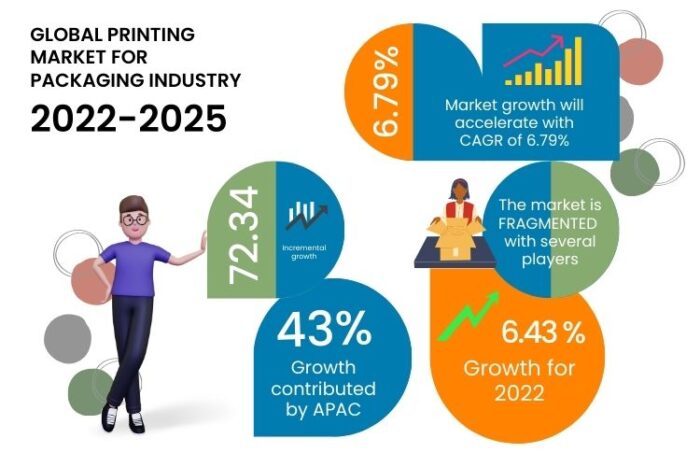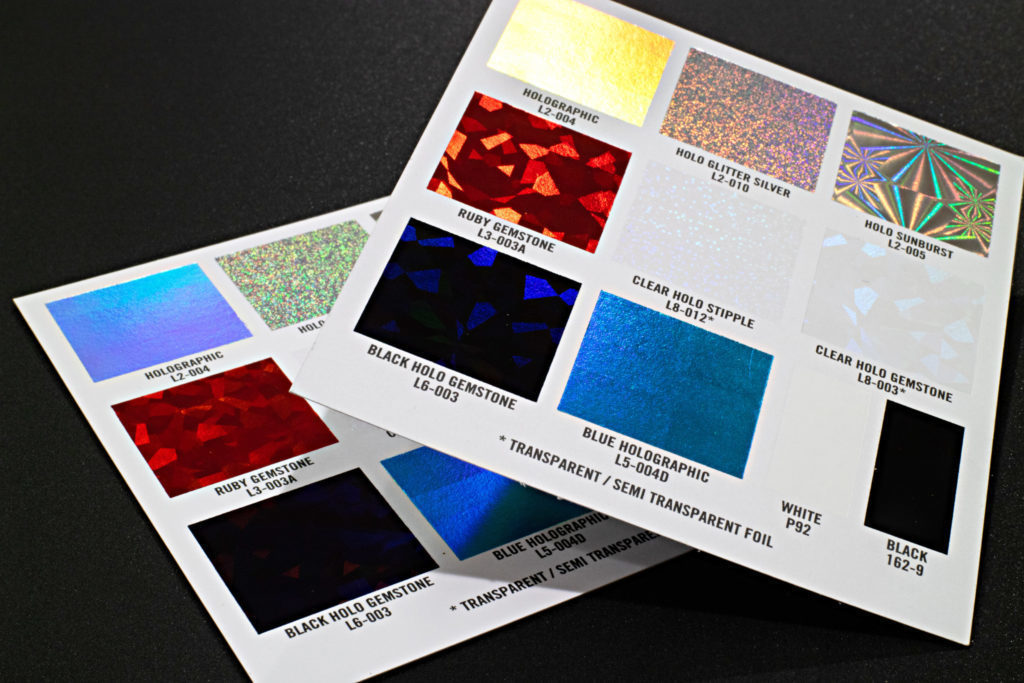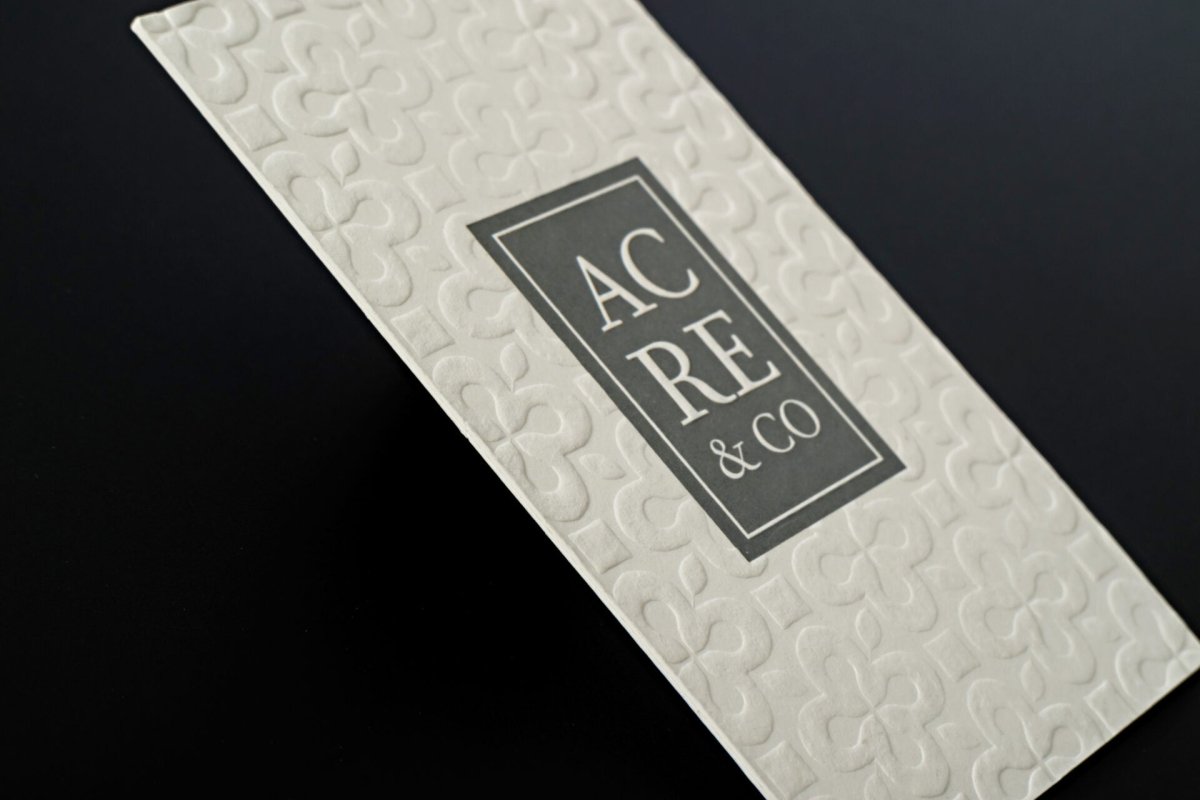
Digital Transformation of Packaging Business With Web-to-Pack Technology
Print PeppermintShare
Digital Transformation or the digital era in general has brought to the surface certain consumer behavioral changes across all business domains and industries. For instance, in a recent survey by Google, it was found 59% of users research a product on Google before making a purchase irrespective of whether the search was for an online purchase or offline. (Source)
Apart from that, with the increasing adaptation of cognitive technology, on-demand applications and e-commerce platforms, consumers now expect some sort of personalization, instant gratification and on-demand services from all types of businesses.
The packaging industry might not be at the forefront of the digital transformation race, but the industry is slowly and gradually increasing its digital adaptation. In a recent survey by McKinsey, it was found that 22% of packaging companies that were participants in the survey said that they have made digital investments their priority. Also, it was found that 34% of companies were planning to introduce complete digital transformation to digitize all integral business functions. (Source)

Not just in general, but certain digital transformation trends are exclusive to the packaging industry. These trends will change customer preferences and there are high chance that they might also become a norm in the near future.
https://www.youtube.com/watch?v=8YfECjWIdCE&t=1097s
Let's understand these trends and see how they will affect the packaging industry.
Digital Transformation trends that are transforming the packaging industry:
- Smart packaging trends for engaging customer experiences:

Right from integrating sensors and QR codes to smart tags for inclusive and personalized product information, certain technology trends are revolutionizing the way customers get information from product packaging.
Certain retail industries are using QR codes to redirect customers towards social media platforms or other such digital platforms to engage the customer across all platforms. There are also advanced applications of smart tags that are used with the help of Blockchain. For instance, there is a provenance Blockchain platform called Everledger that is allowing businesses to create product ownership history and production history on their private Blockchain.
The Blockchain is for high-value products such as Alcohol and Diamonds. Customers can simply scan the tag and see the entire journey of the product from the wallet's provenance chain. The tag can also be used to transfer the ownership of assets from one customer to other and thus create a transparent chain of ownership.
- Integration of 3D printing for packaging prototypes:

Source: designnbuy.com
One of the biggest challenges and advantages of digital technologies is their ability to reduce turnaround time. It is an advantage for customers as they can get products faster and on demand but businesses also have to evolve their processes and compete with other companies to reduce the timeline to the minimum.
In one such attempt, packaging industries and brands are now relying on 3D-printed packaging prototypes to envision their final product at a reduced cost and timeline. Businesses no longer have to invest in product molds and wait for weeks before they can see their prototype. They can easily 3D print it and if it doesn't fit the criteria of the brand, it would not even result in high losses of creating molds.
Business process automation with personalized e-commerce platforms:
E-commerce platforms are the best way to digitize services, processes and other integral business functions. Gone were the days when e-commerce was only used to create a perpetual sales platform where customers can place an order anytime. E-commerce platforms are now branding channels where packaging businesses are creating unique and personalized experiences for customers and gaining an edge in the competitive market.
Apart from that, e-commerce platforms are also used to create data centralization and to get a holistic view of the entire order and customer management modules. Decision makers can get a clear idea about the status of the orders, customer grievances and other such problems at a glance from a personalized dashboard.
E-commerce platforms can also be a platform for digital evolution where businesses can integrate various plug-ins to increase the capabilities of their platform. There are many different plug-ins available for payment integrations, inventory management, web-to-pack technology solutions and others. While the others are generic for all industries, packaging design software or plug-and-play solutions are designed specifically to enhance the capabilities of the packaging industry. We will discuss this further in detail.
- Brand-centric packaging designs:

Packaging designs and content are no longer just product protection details. They are now a part of the branding efforts and some brands are creating personalized packaging designs that can help them convey their brand message and also create a distinct identity for the customers.
For instance, the McDonalds Happy Meal packaging has become their brand USP and other such brands that have created distinct packaging in the global market are Amazon Delivery Box, The Chanel Box and others.
Web-to-pack technology solution for print-on-demand and seamless process integration:

While brands move towards personalized packaging, they also want the packaging design of their own accord and they want it in minimal time. Also, with the increasing packaging designs in terms of color, materials, shape and other such elements, designers have to spend more time designing these products and that in the long run increases the packaging design turnaround time.
Technology stepped into this and with the help of web-to-pack solutions, packaging enterprises can now allow their customers to design their packaging and get a print-ready file with detailed XLS about the number of customizations requested by the B2B customers.
https://www.youtube.com/watch?v=2S_8ezuggXo
The box design software can be used by anyone without the need for designing proficiency and with the help of in-built features and functions create their desired package design in significantly lower time. The package design tool comes with many customization capabilities such as icons, text, QR codes, material selection, shape, size, color and other such customization options.
Apart from that, there is also web-to-pack solutions that provide additional capabilities such as order management module, customer management modules and they also come with capabilities such as print-ready output files, live quotations and others. Thus, the web-to-pack solutions are designed to create a digital evolution in the packaging industries that can be used for design automation and to make the business processes seamlessly integrated.
How to choose digital upgrades for your packaging business?

Source: designnbuy.com
While some believe in complete digital transformation, others take it one step at a time. The decisions are highly influenced by the IT budget that the organizations are willing to spend. But no matter which path you choose, even if it is about selecting an ideal web-to-pack solution for your e-commerce, it is essential that organizations make the decision based on the following points as the baseline:
- Organizations can accommodate the change and the cost of the digital integration
- That the solution directly aligns with their business goals and priorities
- Digital solutions must enhance and improve customer service and experience
- It must provide an optimum return on investments and have long-term relevant usability
- The solution must be scalable and flexible to accommodate all the future trends
It is all about creating a sustainable development channel for your packaging business:
The reason digital transformation has become a priority is that it is the future of the packaging industry. With so many diverse applications available in the market for various purposes, businesses can get the desired productivity and efficiency if they can successfully transform their business digitally.


